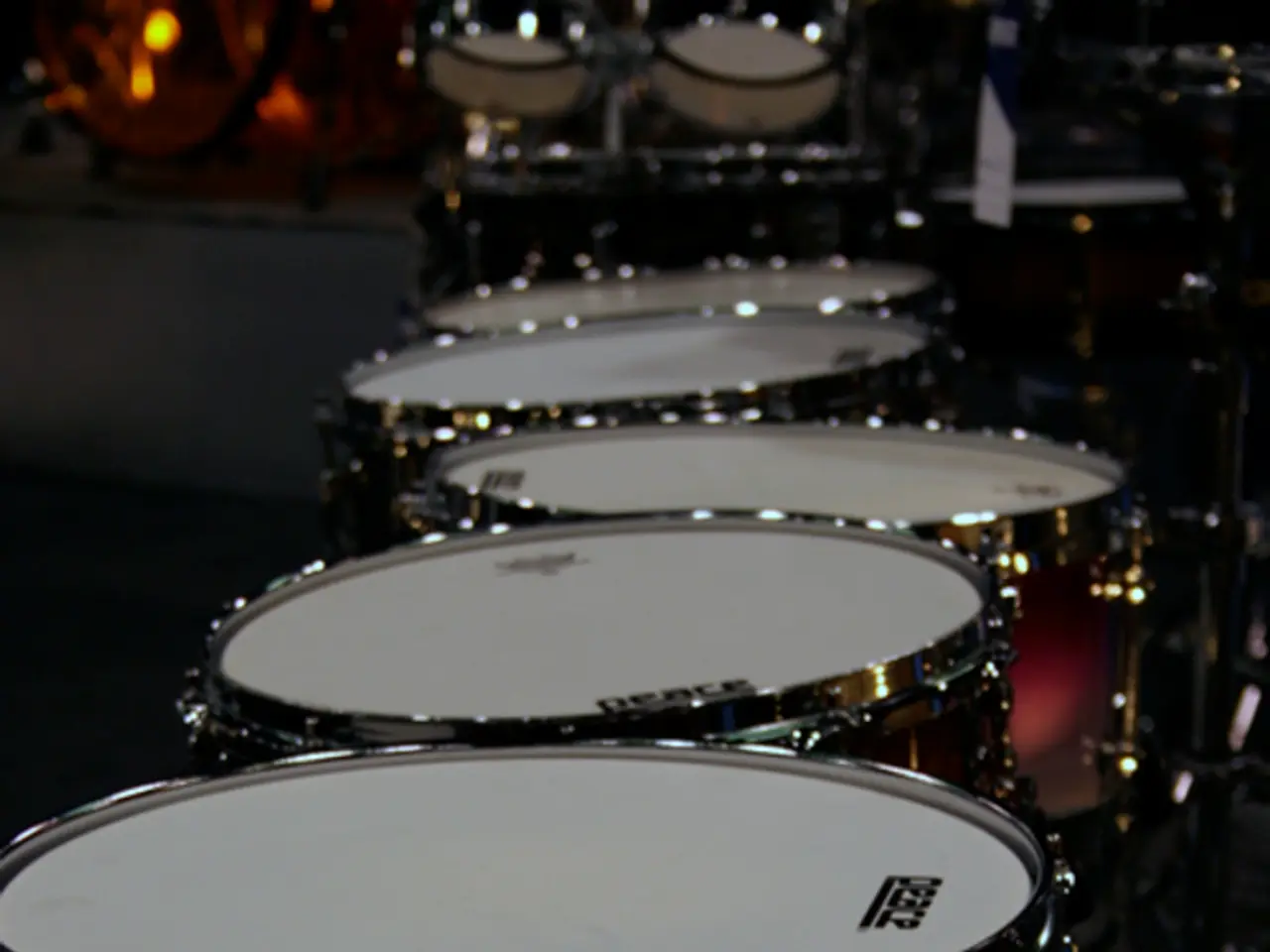Potential complications for medical students may arise due to restrictions on student loan amounts.
A new tax and spending bill recently passed by Congress includes federal student loan caps that are causing significant concern among medical school students, particularly graduate-level borrowers. The new caps, which come into effect from July 1, 2026, will impact medical students in several ways.
One of the most notable changes is the elimination of the Graduate PLUS loan program, a borrowing option that many medical students have relied on to finance their education. Additionally, graduate student federal borrowing, including medical students, will be capped at $20,500 per year, with a lifetime federal borrowing limit of $138,500. This is substantially lower than the average debt most medical students graduate with, which is approximately $212,000.
Joe Dantin, a second-year medical student at Rocky Vista University, has relied on student loans to fund his education. He stated that utilizing federal student loans was the only way he was able to pursue his medical degree. Dantin's concern is shared by Dr. Kim Warner, president of the Colorado Medical Society, who expressed concern about the cap's impact on medical school financing and the potential worsening of doctor shortages.
Warner believes that the cap may lead to a decrease in the number of qualified students pursuing medical degrees and may even stop qualified students from becoming doctors. She stated that many students have planned their educational journey around the amount they can borrow in student loans. Seventy percent of medical students graduate with educational debt, and Warner worries that the cap may force some students to withdraw from medical school due to the inability to finance their education.
The new borrowing caps have also raised concerns about the potential impact on resident physicians and current and future medical students. Warner stated that the cap puts students in an uncertain position about their ability to finance their medical education, and the cap may force students to seek alternative financing methods or reduce their training duration.
While the new law permanently allows employers to make tax-free payments toward employees' student loans, this mainly benefits repayment phases rather than educational financing. The previous $5,250 annual exclusion cap will now be adjusted annually for inflation starting in 2027.
In summary, the bill imposes stricter federal loan limits on medical students by capping annual and lifetime borrowing and cutting off access to Graduate PLUS loans. This could potentially increase financial pressures and affect the medical workforce supply. While employer-paid student loan assistance becomes permanently tax-exempt with inflation adjustments, this mainly benefits repayment phases rather than educational financing. The concerns about medical school financing and doctor shortages are real, and it remains to be seen how these new caps will impact the future of medical education and the medical workforce.
- Personal-finance concerns among medical students are escalating due to the forthcoming elimination of the Graduate PLUS loan program and the annual federal borrowing cap of $20,500, which might force some students to discontinue their medical education.
- Joe Dantin, a second-year medical student, has been relying on student loans to finance his education, and with the new changes in education-and-self-development funding, he and other students may need to explore learning alternative financing methods to complete their medical degrees.




